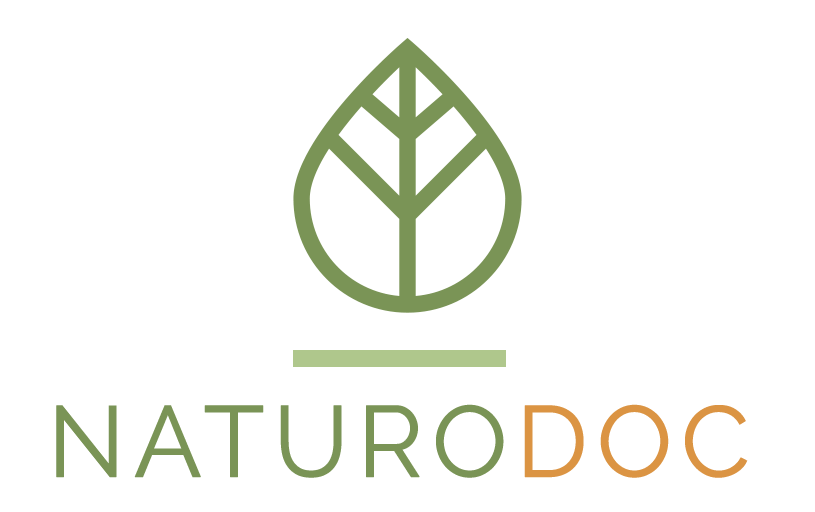About Bee Venom Therapy
By Glenn Rothfeld, MD
A Service of Spectrum Medical Arts
Bee Venom Therapy – Apitherapy, the medicinal use of honey bee products, has been practiced since ancient times. In the modern world, honey bee venom has found wide uses in treating arthritis and other inflammatory and degenerative diseases. The world’s scientific literature contains more than 1500 articles on bee venom. The French and Russian equivalents of the National Institute of Health (NIH) have been involved in clinical studies of honey bee venom, and the U.S. Army has looked extensively at the chemical compounds in bee venom.
Honey bee venom contains at least 18 active substances. Mellitin, the most prevalent substance, is one of the most potent anti-inflammatory agents known (100 times more potent than hydrocortisol). Adolapin is another strong anti-inflammatory substance and inhibits cyclooxygenase; it thus has analgesic activity as well. Apamin inhibits complement C3 activity and blocks calcium-dependent potassium channels, thus enhancing nerve transmission. Other substances such as Compound X, Hyaluronidase, Phospholipase A2, Histamine, and Mast Cell Degranulating Protein (MCDP) are involved in the inflammatory response of venom, with the softening of tissue and the facilitation of fluid flow. Finally, there are measurable amounts of the neurotransmitters Dopamine, Norepinephrine, and Seratonin.
Bee venom therapy can be useful in a wide variety of medical situations.
Charles Mraz, a beekeeper in Middlebury, Vermont who has popularized bee venom therapy for the past 60 years, says that it is reasonable to try bee venom therapy in any clinical setting, especially where nothing else seems to work. However, there are four situations which are most often indicated:
Arthritis and other systemic inflammations. Bee venom therapy can be useful in both rheumatoid and osteoarthritis, helping both pain and swelling. In the case of rheumatoid arthritis, rheumatoid nodules can lessen in size. Other connective tissue diseases such as scleroderma have been (anecdotally) helped by bee venom therapy. Even systemic inflammations not related to joints, such as ulcerative colitis or even asthma, may warrant a trial of bee venom. A possible mechanism of action is due to the stimulation of endogenous cortisol through the hypothalamus-pituitary-adrenal axis.
Acute and chronic injuries. Bursitis, tendonitis and other areas of injury respond well to bee venom therapy. Local anti-inflammatory effects, and the immune responses to a foreign protein might be involved here. Chronic back and neck pain will respond, as will other aches and pains.
Scar tissue. Keloids and other scar tissue are broken down and softened by the hyaluronidase and other substances in the bee venom. These often respond by flattening out and fading in color. Internal scar tissue, such as adhesions from previous surgery, may respond to treatment over the area.
Multiple Sclerosis. This use of bee venom is poorly understood, and needs to be studied further. Recently, the Multiple Sclerosis (MS) Association of America awarded a grant to an immunologist Dr. John Santilli to prepare the venom in extract form to study its effect on MS patients. Hundreds of patients with MS currently seek out bee venom therapists and beekeepers. The treatment is prolonged and not for the squeamish, but the common responses are increased stability, less fatigue, and less spasm.
Bee venom therapy can be performed by a beekeeper
Bee venom therapy can be performed by a beekeeper,or by a patient or partner who is taught to use the bees. After cooling the jar containing the bee to retard its movement, a bee is removed with tweezers, and held over an area of the body, which it then stings.
The number, sites, and frequency of the stings depend on the patient and the problem. A simple tendonitis might just take a few stings, perhaps 2 or 3 at a session for 2 to 5 sessions. A more chronic problem like arthritis can take 2 to 3 times per week, several stings at a time, for 1 to 3 months. Multiple sclerosis takes months to respond, though sometimes patients feel more energetic after a few treatments. MS patients who use bee venom insist that one must keep it up 2 to 3 times per week for six months in order to give it a full trial.
There are physicians around who use bee venom therapy in their practices. This is done by obtaining the venom in an injectible, sterile form and injecting it under the skin, sometimes mixed with a local anesthetic. Some say that collecting the venom in vials loses some of its potency, but in many situations this is more realistic than finding a beekeeper or handling bees in a medical office.
